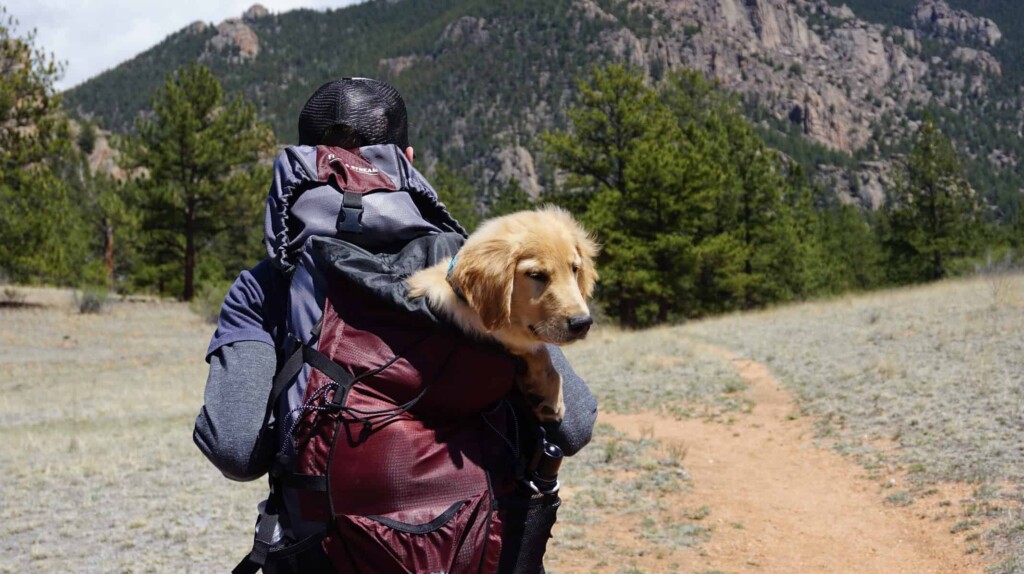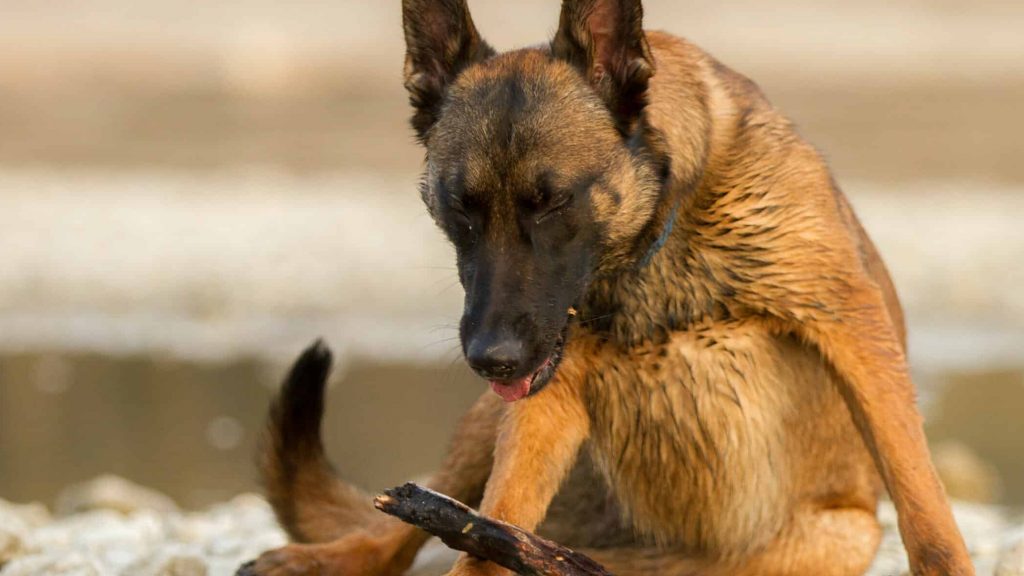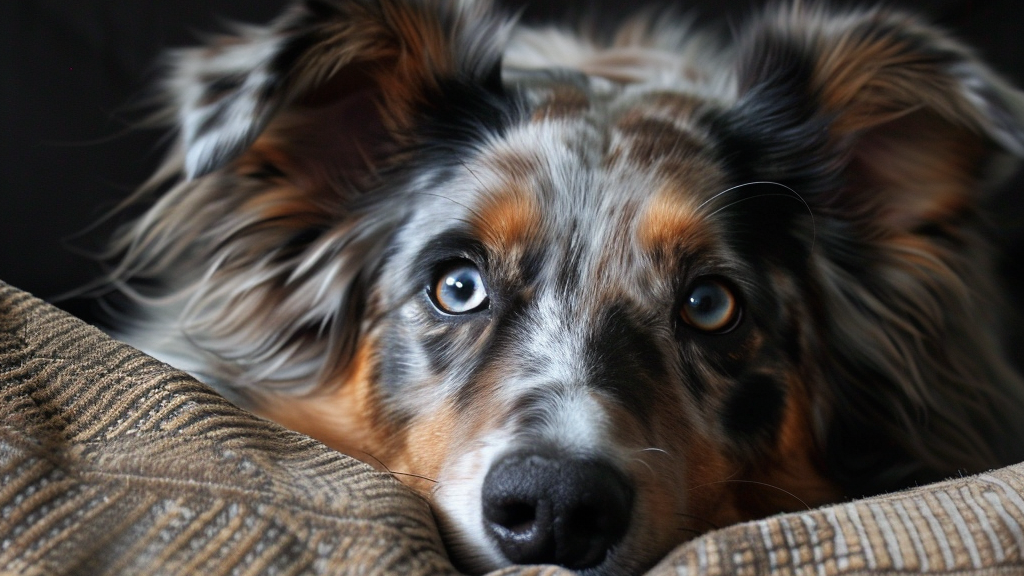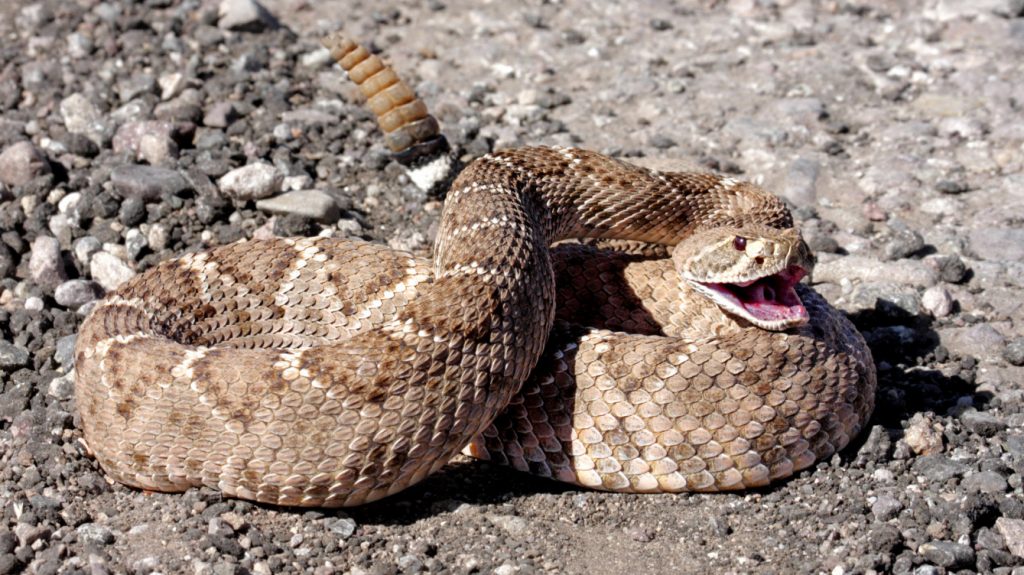Dogs are curious creatures and love a good romp in the great outdoors. However, this can come with potential hazards. One of California’s most common outdoor risks to dogs is poison oak. It’s essential to be aware of what poison oak looks like and how to keep your pet safe if you live in an area where it grows. Let’s look at what you need to know about this hazardous plant.
What is poison oak?
Poison oak (Toxicodendron diversilobum) is a shrub or small tree that grows mainly in the western United States and Canada. Its leaves are composed of three leaflets, each containing an oily toxin called urushiol on its surface. When urushiol comes into contact with skin, it causes an allergic reaction that results in the red, itchy rash we all know as poison oak.
Can dogs get poison oak?
Yes, dogs can get poison oak too! The same urushiol oil that causes a reaction in humans can also cause similar reactions in dogs. The good news is that dogs don’t typically suffer from long-term effects from exposure to poison oak like humans; however, they can still experience discomfort and itching for several weeks after coming into contact with the plant.
How do I protect my dog from poison oak?
The best way to protect your dog from poison oak is to keep them away from areas where it grows. If you’re hiking or camping with your pup, look out for signs of poison oak and keep them away from any plants you see growing along trails and paths. Additionally, if you know there are areas of poison oak near your home or yard, make sure to keep your pup away from those areas as well. Finally, if your pup may have come into contact with poison oak, bathe them immediately with a mild soap and rinse thoroughly to remove any oils lingering on their fur or skin.
Identifying poison oak
The first step in keeping your pup safe from poison oak is being able to recognize it. This plant grows all over the United States, so it’s essential to know what it looks like. Poison oak has three leaves and can grow as a bush or vine. During different times of the year, the leaves may be green or red. In addition, these plants produce small white flowers and yellowish-white berries during certain times of the year.
Ouch! What do I do if my dog comes into contact with poison oak?
If you suspect your dog has come into contact with poison oak, rinse their fur immediately using lukewarm water only—no soap—as soap will spread the urushiol oil around their body even more quickly and make things worse. After rinsing them off with water, call your vet for further instructions on treating the rash or irritation, depending on its severity. In some cases, antihistamines may be prescribed, but it’s always best to consult a professional before administering anything yourself.
Poison oak can be a danger for our four-legged friends just as much as it is for humans! By following these simple precautions and keeping an eye out for areas where this plant might grow near you, you can help ensure that your pup stays safe while enjoying time outdoors this summer season! Remember – better safe than sorry when protecting our furry family members.
Last updated on December 18, 2022.







